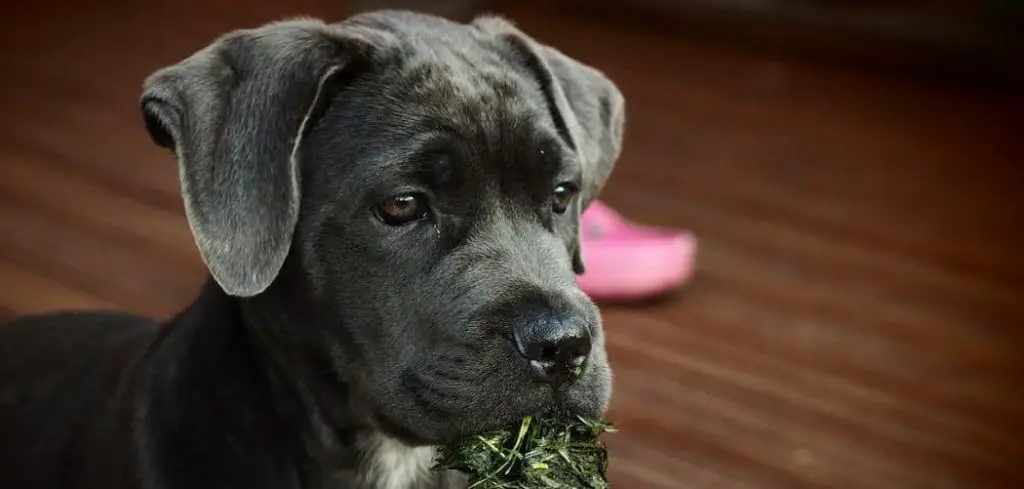When your dog is both panting heavily and drooling more than usual, it can be alarming—especially if these signs appear suddenly or persist without obvious cause. These symptoms often indicate distress, overheating, or a medical emergency.
We outline the common causes of dog panting and drooling, what you can do at home, and when to seek veterinary help.
Dog Panting and Drooling — Why It Happens
Dogs pant and drool excessively when they’re overheated, nauseated, anxious, or suffering from oral pain or toxin exposure. These symptoms can range from benign (like excitement or heat) to very serious medical issues that require urgent attention.

Common Causes of Dog Panting and Drooling
Heatstroke or Overheating
Excessive panting and drooling are classic signs of heat exhaustion or heatstroke.
This is especially dangerous in hot weather, poorly ventilated spaces, or for flat-faced breeds.
You might notice red gums, glazed eyes, rapid breathing, and weakness.
Move your dog to a cool area, offer water, and seek emergency care if symptoms persist.
Nausea or Motion Sickness
Dogs experiencing nausea often pant and drool simultaneously.
This can occur from car rides, gastrointestinal issues, or after eating something unusual.
Other signs may include lip licking, grass eating, vomiting, or a hunched posture.
Mild cases may pass, but repeated episodes call for a vet exam.
Anxiety or Stress
Stressful events—such as thunderstorms, fireworks, vet visits, or car rides—can lead to panting and drooling.
These symptoms may be accompanied by whining, hiding, or restlessness.
Calming pheromones, anxiety wraps, and behavioral training can reduce anxiety triggers over time.
Read more: Dog Panting and Shaking (Common causes)
Dental or Mouth Pain
Oral pain from broken teeth, abscesses, or gum disease can cause dogs to drool and pant.
You might see pawing at the mouth, bad breath, or reluctance to eat.
Dental care, antibiotics, or even extractions may be required depending on the condition.
Toxin Exposure or Poisoning
Ingesting toxic substances—like certain plants, human medications, chocolate, or cleaning products—can lead to excessive drooling and panting.
Other signs include vomiting, seizures, or collapse.
If you suspect your dog ingested something harmful, call your vet or poison control immediately.
What to Do If Your Dog Is Panting and Drooling
Move your dog to a cool, quiet area and offer clean drinking water.
Check their gums and tongue—bright red or pale color may indicate distress.
Do not try to induce vomiting unless advised by a vet.
Avoid exercise or stimulation until symptoms subside.
Monitor for other signs like vomiting, lethargy, or disorientation and call your vet if they develop.
When to Call or Visit Your Vet
Seek veterinary attention if your dog:
Drools excessively for more than 30–60 minutes
Pants continuously even when resting
Has red or pale gums
Is lethargic, vomiting, or refusing food
May have ingested something toxic
Timely intervention can prevent complications and ensure a faster recovery.
Read more: Dog Panting and Not Eating (What it means)
Key Takeaway
Panting and drooling in dogs may look harmless—but often point to heatstroke, nausea, stress, or toxicity.
Monitor the situation carefully and don’t delay if symptoms persist or worsen.
A quick response could save your dog from serious illness or discomfort.
